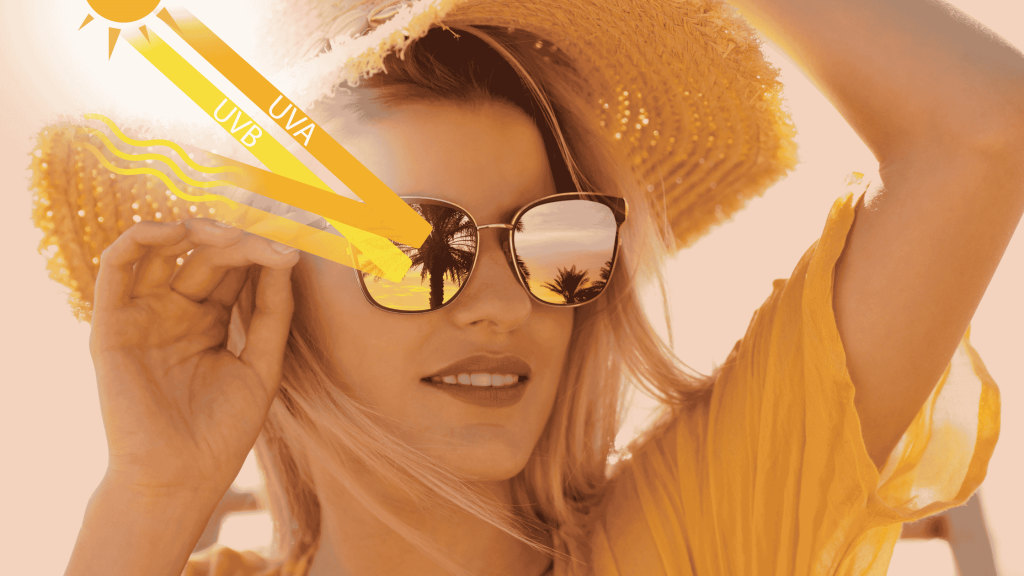Ultraviolet (UV) rays are a type of electromagnetic radiation emitted primarily by the sun. While UV rays are essential for certain natural processes, like vitamin D production in humans, overexposure can lead to serious health and environmental consequences.
What Are UV Rays?
UV rays are classified into three types based on their wavelengths:
- UVA (long-wave): Penetrates deep into the skin and contributes to aging and long-term skin damage.
- UVB (medium-wave): Affects the outer layers of skin and is the main cause of sunburn.
- UVC (short-wave): The most dangerous form, but fortunately, it’s absorbed by the Earth’s ozone layer and doesn’t reach the surface.
Effects of UV Rays on Human Health
- Skin Damage: Prolonged exposure can cause sunburn, premature aging (wrinkles, spots), and increase the risk of skin cancer, including melanoma.
- Eye Damage: UV rays can lead to cataracts, photokeratitis (sunburn of the cornea), and long-term vision problems.
- Immune Suppression: Excessive UV exposure can weaken the immune system, reducing the body’s ability to fight off infections and diseases.
Environmental Impact of UV Radiation
- Marine Life: UV rays can harm plankton and other small organisms in oceans, disrupting the food chain.
- Crops and Forests: High UV exposure can affect plant growth and reduce crop yields.
- Materials: UV rays degrade plastics, fabrics, and other materials, reducing their lifespan.
How to Protect Yourself
- Use Sunscreen: Apply broad-spectrum SPF 30+ sunscreen regularly.
- Wear Protective Clothing: Hats, sunglasses with UV protection, and long sleeves help reduce exposure.
- Seek Shade: Especially between 10 AM and 4 PM when UV rays are strongest.
- Check the UV Index: This daily rating can help you plan outdoor activities safely.
While UV rays play a vital role in nature, understanding their risks and taking preventive measures can protect your health and the environment. Staying informed and using simple protection strategies can go a long way in reducing harmful exposure.

